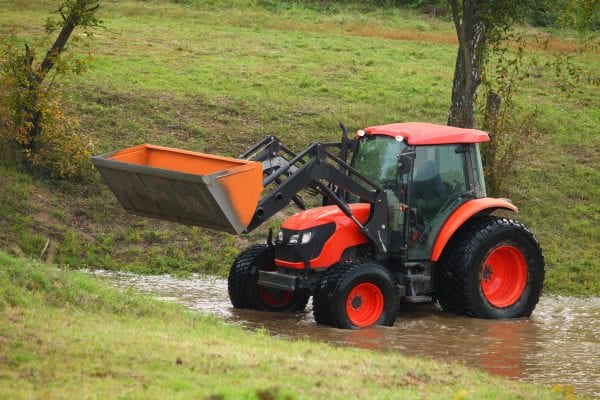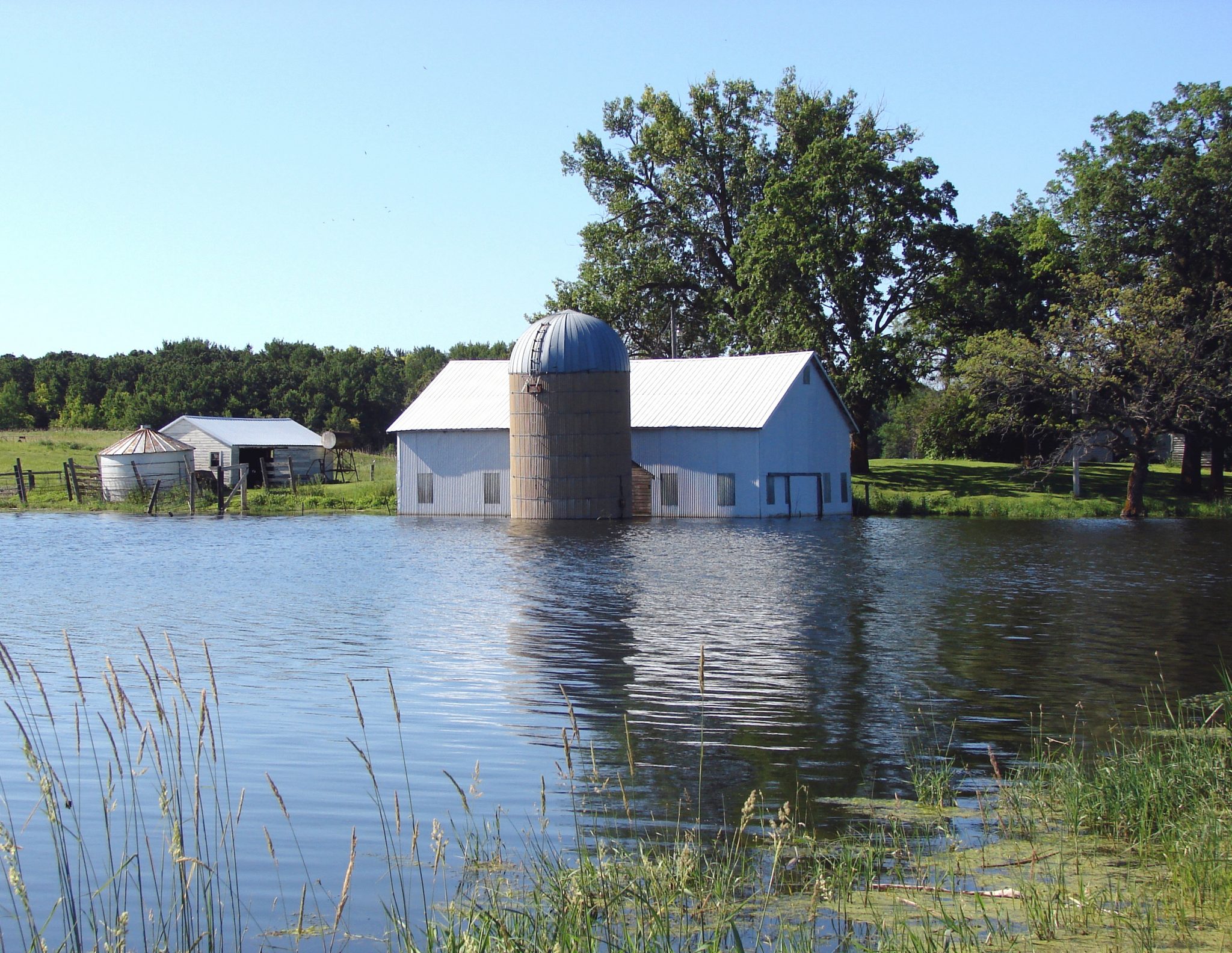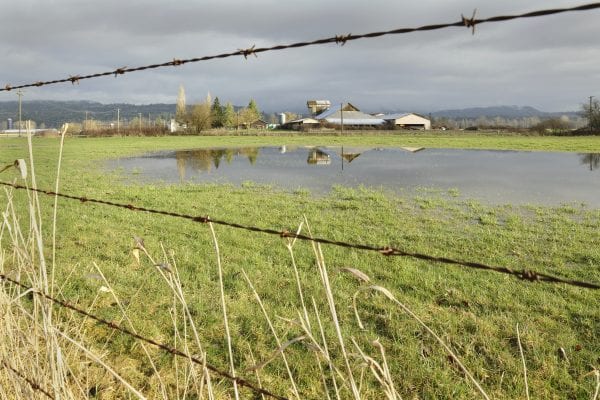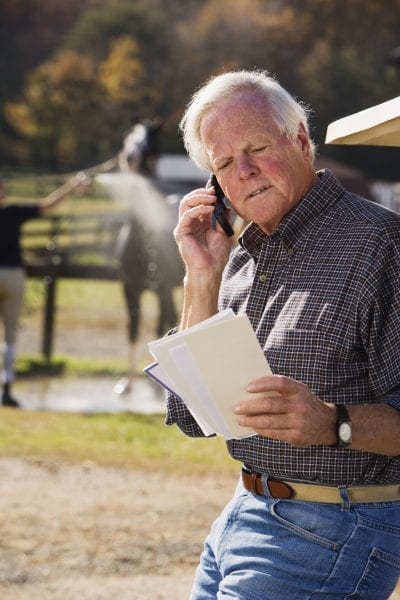Emergency Handbook

Buildings that have been exposed to floodwaters need to be evaluated for the extent of damage and the amount of cleanup and repairs necessary to restore them to a useable condition.
The first thing that needs to be done with a building that has survived a flood is to check its structural soundness. If the building has been moved, shifted or twisted, it may not be safe to enter. Check the foundation, sill plate, roof supports, and walls for damage. If there is extensive damage to the building, it probably will be less expensive to tear it down and start again with a new building.
While storm damage to structures is obvious in many cases, that which is not immediately noticeable also could weaken the building or cause other problems.
Close inspection is required.
Building owners should do a close inspection of the structure from the outside to check for damage. Owners should check whether the ridge and eaves are straight, walls are vertical and straight, and the building has not shifted on its foundation. They also should look for indications that frame members, such as knee braces, have been pushed into the siding or up into the roof.
Other damage may become evident inside the building.
Examine the trusses and rafters for signs of crushed, split, or broken wood. Determine whether any members buckled, twisted, are bowing out of alignment, appear to have slipped relative to each other, or have gaps between members in a truss joint. Also see whether the gussets show signs of being deformed. Look carefully at connections for indications of nail, screw, or bolt holes being elongated. See whether nails or other connectors are pulled out of the wood or bent.
An inspection for structural damage also should include the following:
- Examine the posts of pole buildings for crushed or broken wood near the ground or at truss connections or knee braces. Make sure the posts are straight and vertical. Look for indications that posts made of more than one board may have split along rows of nails.
- Check doors and windows to make sure they open as they did before flooding. If they do not, this may indicate the structure has shifted. In cases of severe shifting, water lines, gas lines, and electrical circuits may have been damaged.
- Check for wetness. If wetness occurred because of flooding or leaking roofs, look for wet electrical circuits, wet insulation, and other water damage to the structure’s interior. Once insulation in a wall or attic becomes wet, it must be replaced. Wall insulation that is sealed within the structure will not dry.
- Examine siding and metal roofing. Look at the siding and roof sheets for tears around fasteners, evidence of fasteners being pulled, and bends or buckles in the metal roof sheets. See whether the sheets are still aligned with each other.
- Check wood for indications of rotting or other damage that could weaken the building. Document the damage with pictures, and contact your insurance company.
Buildings that show signs of damage will need to be repaired. Truss members may need to be replaced or additional boards placed from joint to joint. Additional and larger gussets may be required for damaged joints. Additional nails or screws may be required. Nails and screws should not be placed too close to each other or they may weaken the wood.
The cost of repairs may exceed the value of the building in some cases. Building owners should consult a building contractor or engineer if they see several indications of damage.
The value of machinery, vehicles, and equipment stored in a building can be several hundred thousand dollars. It does not make sense to put that value or yourself at risk with a building that is structurally damaged. Once the water has subsided, dry out the building as much as possible. This can include using a sump pump, mops, fans, and natural ventilation.
After wood dries, inspect laminated woods, such as plywood, that have been immersed in water to be sure laminations are still firmly bonded together. Check existing nails to determine whether they are still firmly driven.

If the building was insulated, the wet insulation must be removed. Floodwater often will leave absorbent material with a foul odor that is difficult to remove. When checking the insulation, expect it to be wet above the high-water level because of the wicking action of the material.
If the interior wall sheathing is drywall, it will need to be replaced. Usually the interior sheathing in the out-buildings will be wood, which can be removed, dried, and reused. After the sheathing and insulation are removed, inspect the wall studs, sills, and plates for structural damage. Damaged components will need to be repaired or replaced.
Inspect wiring and plumbing for damage from the flood’s pressure. Electrical outlets, switches, sockets, and fuse boxes generally need to be replaced. Check local electrical codes.
Do not turn on the power to a flooded structure until it has been inspected and determined safe by a qualified person.
After the buildings have dried sufficiently, renovation can begin. All floors probably will be covered with layers of silt and mud. This will need to be removed. Wood floors that have absorbed a lot of water could be buckled. Do not repair them until they are fully dried. It may be possible to pull some of the flooring back into place with nails. Plane and sand as needed to remove humps in the floor. This may not get it into condition to look good uncovered, but it will be smooth enough to serve as a base for a new covering.
Insulation will need to be replaced in the walls. Cover with a 4 mil or 6 mil polyethylene vapor barrier on the warm side of the insulation according to local recommendations and then install interior drywall or sheathing.
Other Considerations
Livestock building and electrical equipment: After disconnecting electrical equipment from the power source and completely disassembling them, thoroughly clean milking equipment, grain augers, ventilation fans, and other items that were immersed in floodwaters to remove grit or other contaminants. Do not run electric motors until they are clean, dry, free-running, and judged safe by a qualified person. This means that air conditioners, furnaces, appliances, feed augers, fans, and other equipment may not be approved for use for several days.
Alternatives may be necessary to get a flood-damaged farmstead back into operation. This could involve moving dairy cows to a neighbor’s milking unit, utilizing natural ventilation instead of mechanical, and feeding by hand. Animals housed in mechanically ventilated buildings may need to be moved to prevent acute exposure to hazardous gases.
Water system: If a well is used for the water supply, test the water to determine if it is safe for human or livestock consumption. A well that has been contaminated by floodwaters usually can be cleaned and sanitized. If a rural water system is being used, check for breaks or leaks in the supply and distribution pipes. Flush all your water lines after a flood.
Fuel and chemical storage areas: If these supplies are spilled or have water damage, special measures may be needed for proper and safe cleanup and disposal. Your county Extension office has information on the methods necessary for safe cleanup.
Farm shop: Clean, dry, and lightly oil all metal tools to prevent rusting. Power tools will need individual cleaning and drying before they are used. Belts, nails, screws, etc., will need to be dried to prevent rusting.
FEMA Assistance for Farms
FEMA does not offer grant assistance to businesses and farms. However, FEMA does act as a referral agency for business owners and farmers. FEMA may also maintain a list of additional referral resources for business owners and farmers. The referrals may be obtained by calling the FEMA Helpline (800-621-3362) or by visiting FEMA’s website (www.fema.gov/disasters). Select the state in which your disaster occurred.
Farm Loans
Farm loans are available to people who have suffered damage to property or economic injury. These low-interest loans are available through the Farm Service Agency (FSA), to repair or replace damaged property not covered by insurance, and to provide working capital.
Used by permission of eXtension.org.
Use pesticides only according to the directions on the label. Follow all directions, precautions, and restrictions that are listed. Do not use pesticides on plants that are not listed on the label. Trade and brand names used are given for information purposes only. No guarantee, endorsement, or discrimination among comparable products is intended or implied by the Alabama Cooperative Extension System. This publication is for information purposes only and should not be a substitute for recommendations or treatment by a health care provider.



